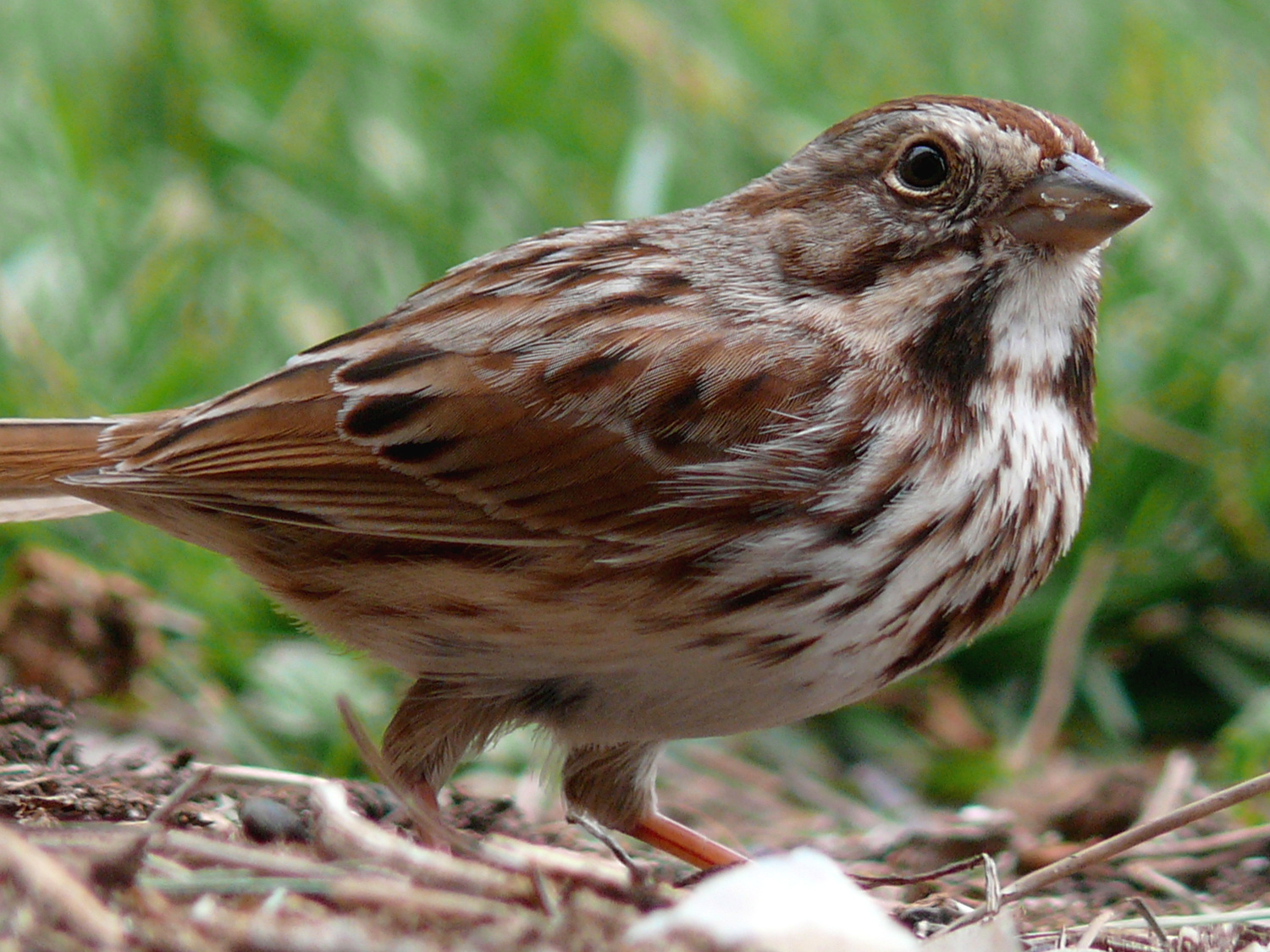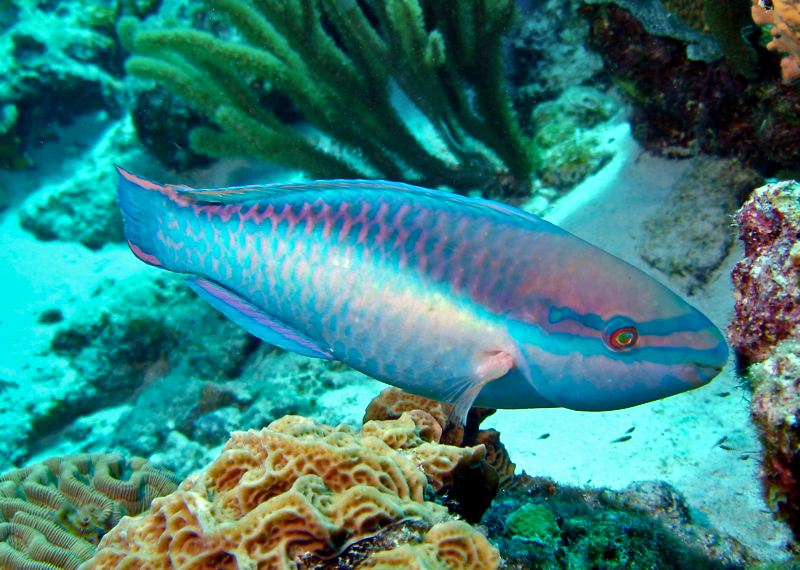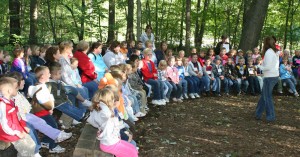(Song sparrow, Melospiza melodia)
The research was conducted by collaborators from the College of Charleston and Western Carolina University. Their work followed up on a previous report that rural birds in Pennsylvania displayed different "behavioral syndromes" (or suites of related behaviors--what we might colloquially refer to as "personalities") than urban birds in North Carolina. The researchers wished to know whether this might represent widespread differences between city and country birds, or whether the result was merely driven by geographical differences between Pennsylvania and North Carolina animals. They hoped that the answer to this question might be useful in explaining why some species do so well in urban areas while others fail, and in predicting which animals might adjust to future introductions of human disturbance.
Rather than measuring all behaviors of the focal birds, the researchers examined just two: boldness and aggressiveness. The first is an indication of an animal's willingness to engage in risky behaviors such as exploration and approaching a foreign object--two activities that have obvious consequences in human environments that offer new and different stimuli relative to birds' natural habitats. The second characteristic is aggressiveness, which, in many animals, is correlated with boldness. Specifically, animals that are bolder often get themselves into sticky situations where it pays to also be more aggressive, else suffer the consequences of attacks by rivals or predators. Where species are expanding their ranges, it is common to see more aggressive individuals, indicating that this trait is advantageous in gaining a foothold in novel habitats--such as anthropogenic environments.
(Typical habitat in Crawford County, PA)
Urban males were both bolder and more aggressive than their country counterparts; further, males from Linesville and Conneaut Lake showed very similar responses, indicating that, to birds at least, there may not be significant differences between specific urban locations (even when, as here, the population size differs noticeably). Across all song sparrows in general--regardless of where they lived--aggression and boldness were positively correlated. However, when city and country birds were analyzed separately, this correlation only held true for the latter: In the country, males are generally as aggressive as they are bold; in the city, though, it is not uncommon to find males that are bold and passive or shy and aggressive.
(Song sparrow showing an aggressive response towards a speaker broadcasting another male's song)
Importantly, these patterns were not caused by reduced variation in one type of habitat; in both settings, the ranges of values observed for each trait were similar--the major difference was how those traits co-occurred, or formed personalities. So what is driving this "breakdown" in song sparrow behavioral syndromes in urban areas? One important factor may be predation--which may occur at different levels, or involve different types of predator, in urban and rural areas. One of the biggest costs of being too bold is accidentally exposing yourself as a potential snack, so variations in predator-related factors could determine whether it is helpful or harmful to be inquisitive and exploratory. Other major differences between urban and rural areas have to do with the habitat--in terms of how much there is, how it is structured, how many other individuals are packed into the same unit of distance, and whether there is supplemental food being provided by humans. These variations may favor different levels of aggressiveness, since birds that can utilize these different resources side by side with their neighbors, without getting into any arguments over what belongs to who, may be more successful.
Additional studies will be needed to determine the exact mechanisms of the patterns seen in this study. Long-term research will be useful in uncovering whether these different personalities indicate human-driven evolution (since these behavioral characteristics are genetic traits that can be passed from one generation to the next), or whether they are yet another example of the amazing behavioral flexibility of some species of wildlife. One of the most surprising outcomes of the study is that these strong inter-population differences were observed even when the "urban" birds lived in quite small towns (with populations of ~700 and ~1100). Thus, it is clear that even relatively minor levels of human influence can have a noticeable impact on animal behavior.
---
For supplementary images associated with this post, visit the Anthrophysis pin board at Pinterest.
Scales, J., Hyman, J., and Hughes, M. 2011. Behavioral syndromes break down in urban song sparrow populations. Ethology (117):887-895.
Thanks to the following websites for providing the images used in this post:
http://en.wikipedia.org/wiki/File:Song_Sparrow-27527-2.jpg
http://www.sbms.mvm.ed.ac.uk/research/postdoc/postdoc%20members/Wacker/Index.html
http://www.panoramio.com/photo/42351792























